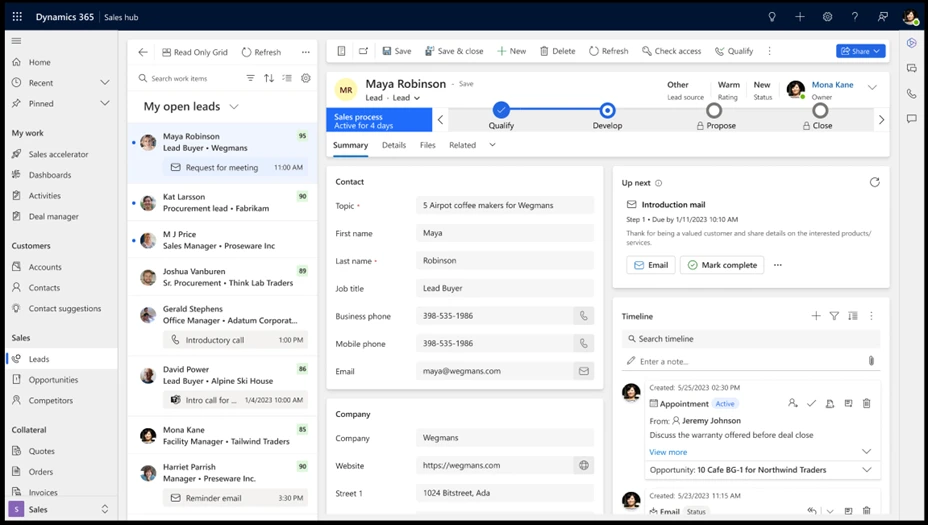
Enhanced focused view in Dynamics 365 Sales helps optimize task execution!
This article is contributed. See the original author and article here.
In the fast-paced world of sales, sellers are now expected to be adept multitaskers. As they engage with customers, the demands of various tasks and follow-ups can quickly accumulate. Effectively managing these aspects is crucial for streamlining processes, minimizing manual intervention and significantly enhancing the overall customer experience. By staying organized and leveraging tools to keep track, sellers can meet their goals more effectively. When we released focused view in April 2023, we had precisely this goal in mind – to transform the current user experience while working on records within Dynamics 365 Sales.
Since its launch, focused view has not only achieved remarkable success but has also gained widespread user adoption. Thousands of sellers now rely on it as a swift solution to navigate records efficiently and address open tasks promptly. A closer look at our usage analysis indicated around a 50% reduction in overall task execution time compared to the current grid view for the same set of actions.
With the new enhancements, our commitment is to further elevate the overall user experience, aiming to provide a comprehensive set of capabilities within focused view. This ensures that users can accomplish all tasks seamlessly without the need to switch contexts across multiple views.
This blog delves into the introduced changes, detailing how users can leverage these updates to streamline their daily tasks.
What is focused view?
Focused view is a new work surface which allows users to view all their records as a list, while being able to work on any of them without having to switch context multiple times between the record form and the list of records. It supports easy filtering, sorting, and card customization capabilities to ensure you see the data that matters to you.

What are the new enhancements?
Expanding the reach of focused view
As part of the current release, we are introducing focused view for Dynamics 365 entities. It’s now enabled automatically for all users, with no set up. Thus, Dynamics 365 users can leverage it for any out of the box or custom entities that they work on. Users should be able to see the focused view button or find it within the “show as” dropdown for all their entities, as the first button of the ribbon command bar.
Maintaining user preferences
We are committed to respecting our users’ preferences to ensure they always see the view they use the most first. To achieve this, our system now seamlessly retains the last-used work surface for each user every time they log into Dynamics 365 Sales. This enables users to effortlessly pick up right where they left off, regardless of any system default settings for a given entity. At our core, we prioritize our users’ individual choices, ensuring that their preferred work surface always takes the lead.
Introducing new capabilities
We are leaving no stone unturned to make focused view the ultimate work surface to cater to all our users’ needs! With the new release, we are introducing several new capabilities to ensure users can complete all their required tasks from a single place:
- Multi-select records: With the enhanced focused view, users can now multi-select records and execute bulk functionalities in a seamless manner.
- Support the view level ribbon command bar: Within the focused view, users no longer need to navigate to a grid experience to make updates. Instead, we have now made available an easy access point through the ribbon command bar. It now allows users to take instant action on any record(s) without any additional navigation.
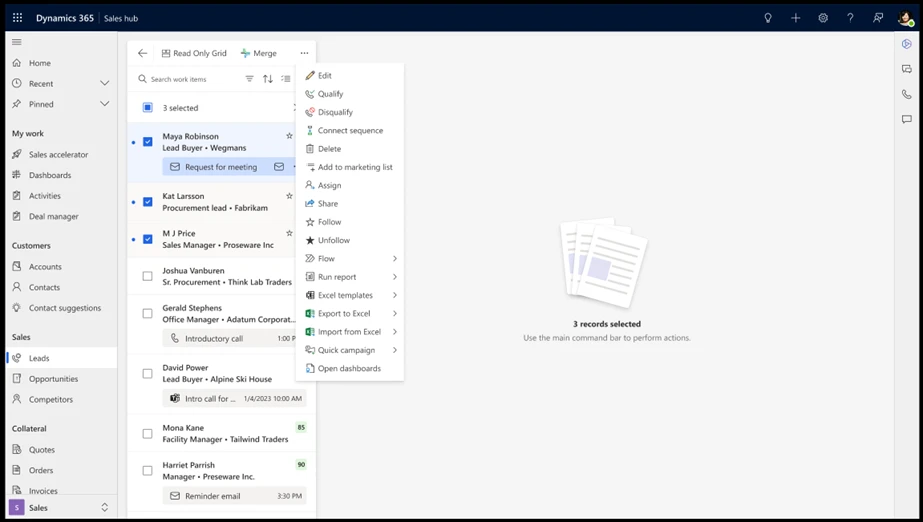
- Advanced filtering capability: We have introduced the ability for users to create their own filter query. In addition, users can save it as a custom view from within focused view. This helps them view and work on records that matter.
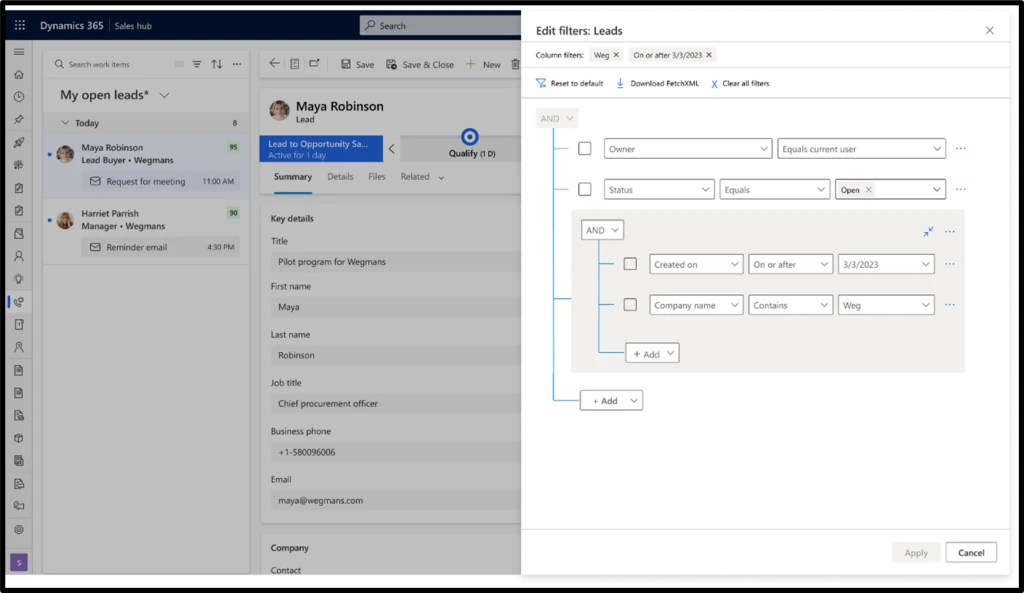
How can I make focused view the default landing page?
With all the new capabilities and ease of use, users will likely want to make focused view their default worksurface. To help achieve that, we are making it the default landing page for Lead entity as an out of the box option. For the other core entities, namely Account, Contact and Opportunity, we are providing an easy option for admins to make it the default option for their org from within the focused view specific settings. These can easily be adjusted for an organization’s specific needs.

For other entities, users can use the existing custom settings option within advanced settings. They simply need to choose the relevant entity and then select focused view from the list of available controls.
Conclusion
With these updates, focused view becomes the worksurface where users can view, plan and execute all their sales related tasks in a seamless and efficient manner. It helps them with greater task success rate and faster execution speed.
We are simplifying the ability for a users to get started. There’s now no setup required at either their or admin level. With these enhancements, users will find focused view readily available as the primary option on the ribbon command bar when navigating the entity grid. This streamlined accessibility ensures a hassle-free initiation, allowing users to effortlessly view and utilize focused view as their default choice.
So go ahead and start leveraging focused view as the go-to workspace for all sales related tasks and save time to concentrate building relations and closing deals!
Next steps
Learn about Focused View:
Don’t have Dynamics 365 Sales yet? Try it out now: Sales Overview – Dynamics Sales Solutions | Microsoft Dynamics 365
The post Enhanced focused view in Dynamics 365 Sales helps optimize task execution! appeared first on Microsoft Dynamics 365 Blog.
Brought to you by Dr. Ware, Microsoft Office 365 Silver Partner, Charleston SC.

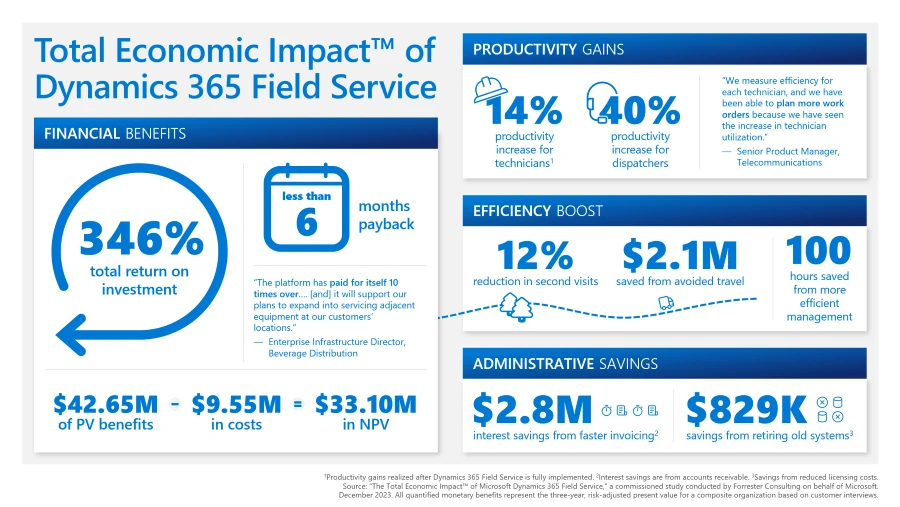


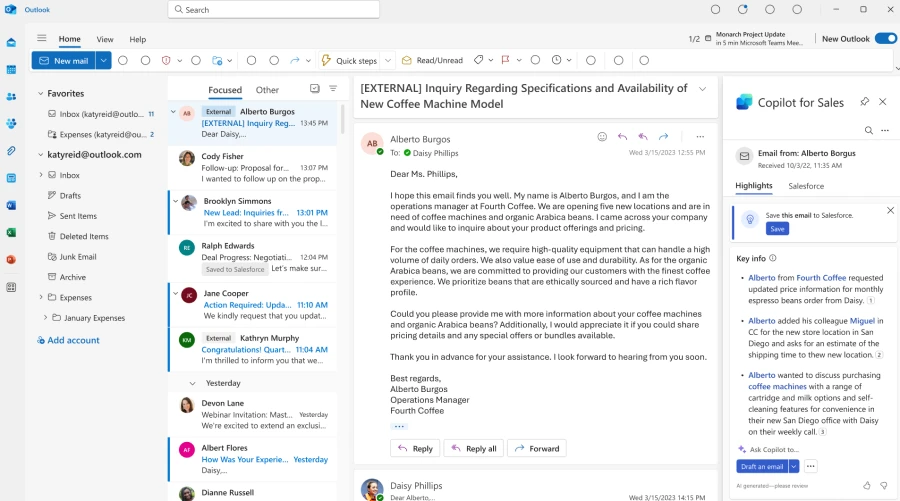


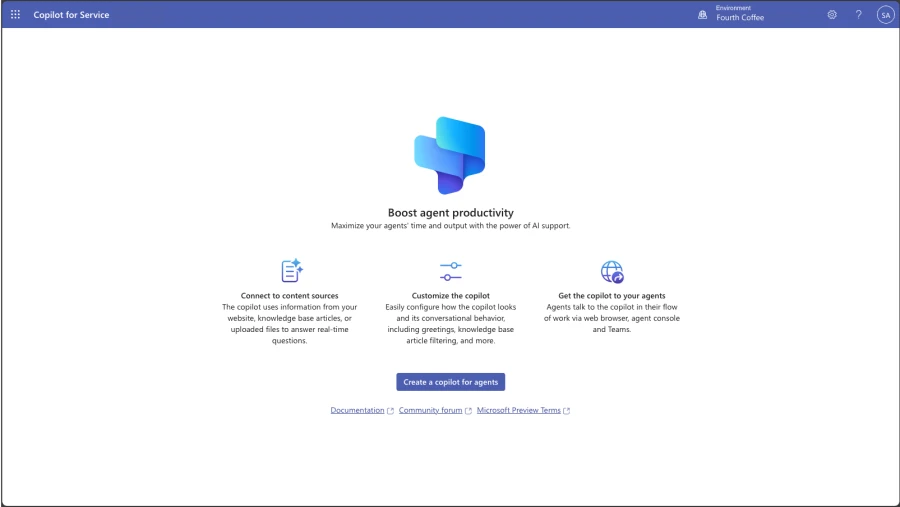
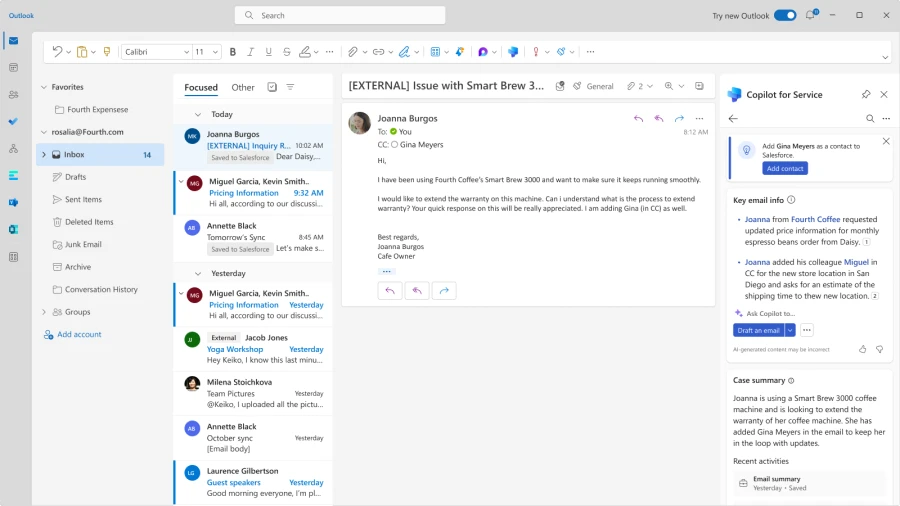
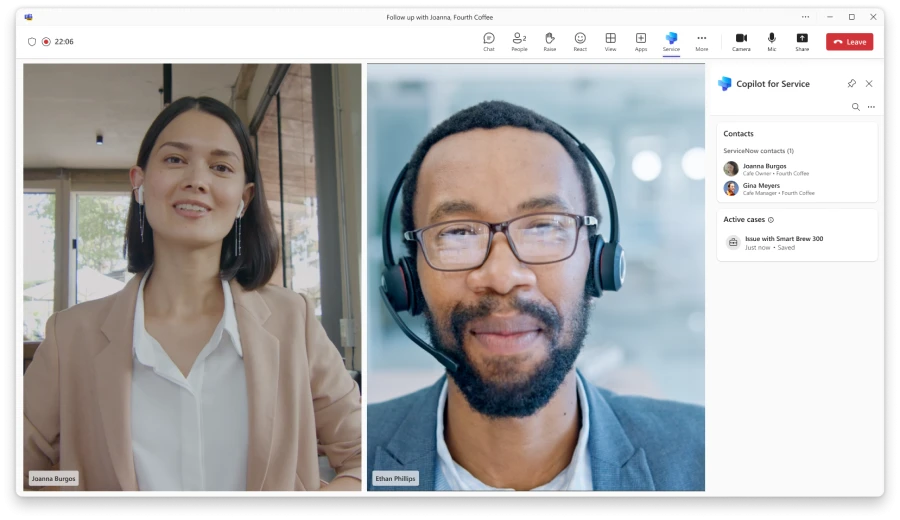


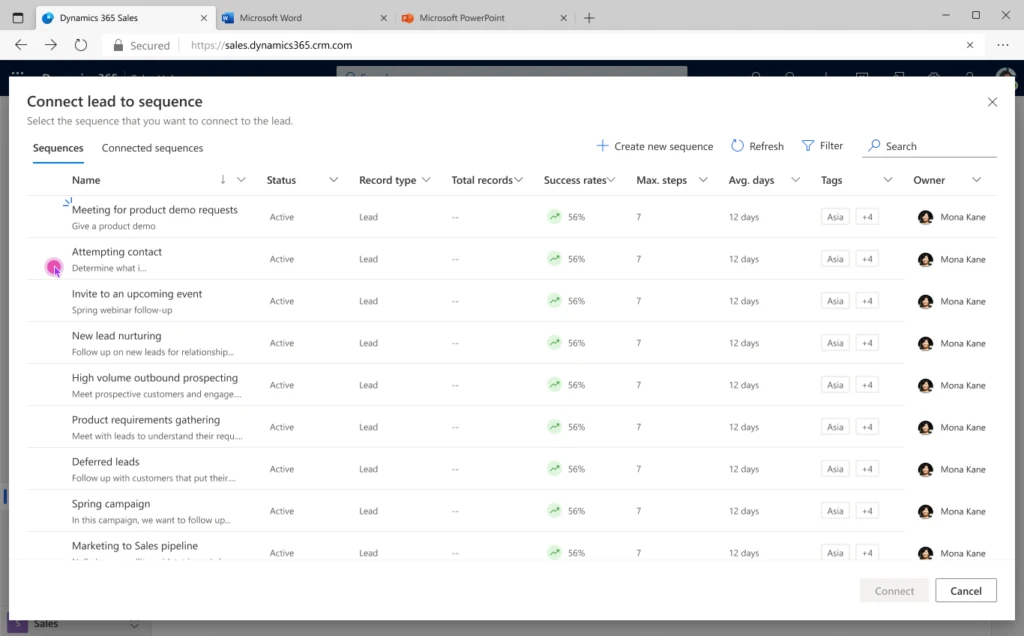

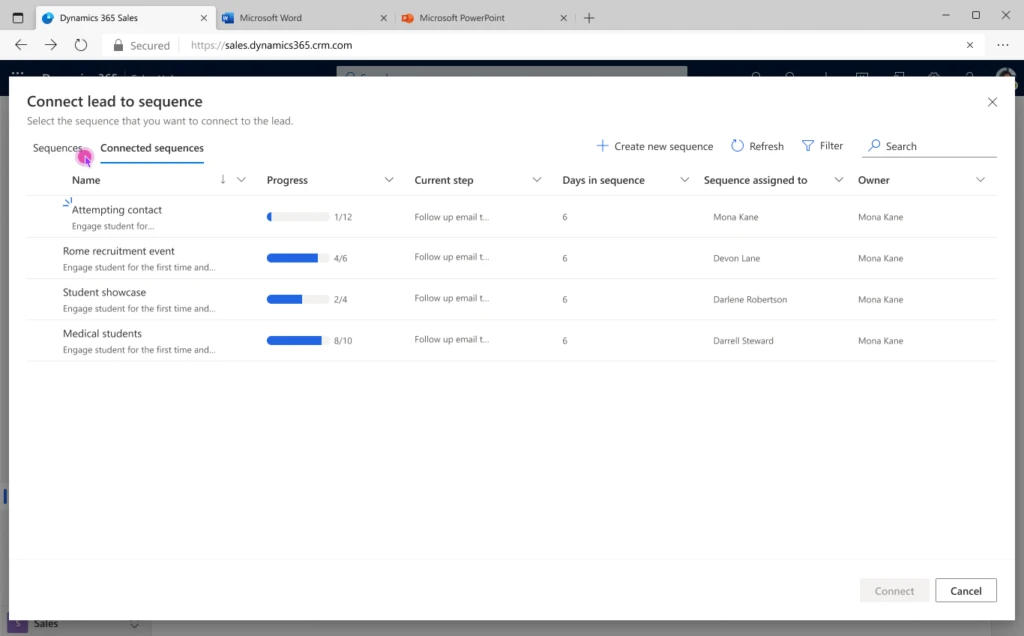
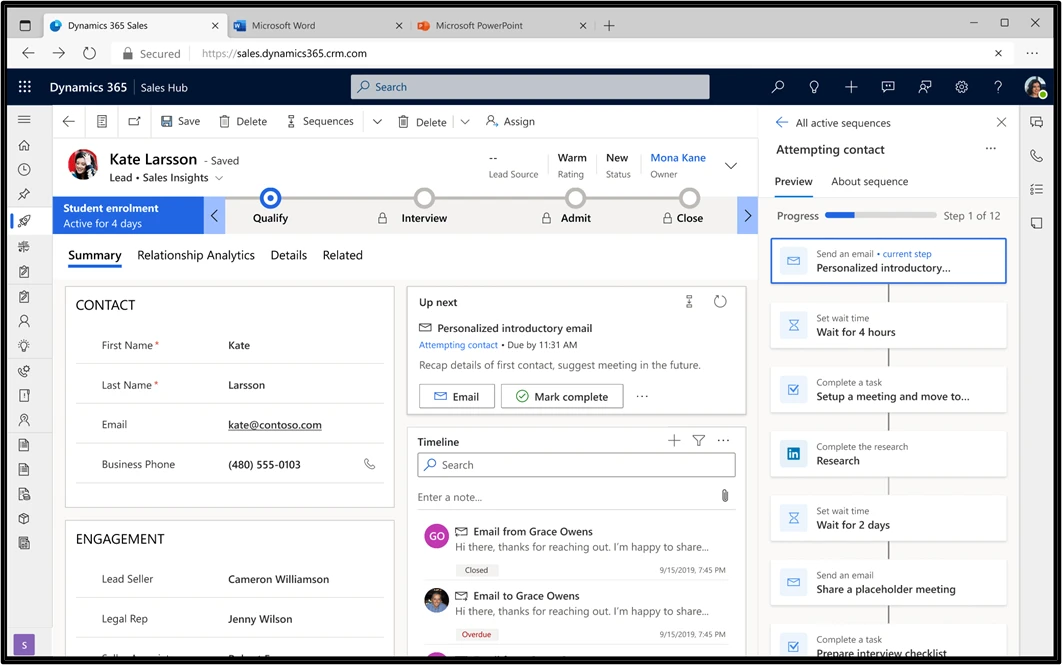





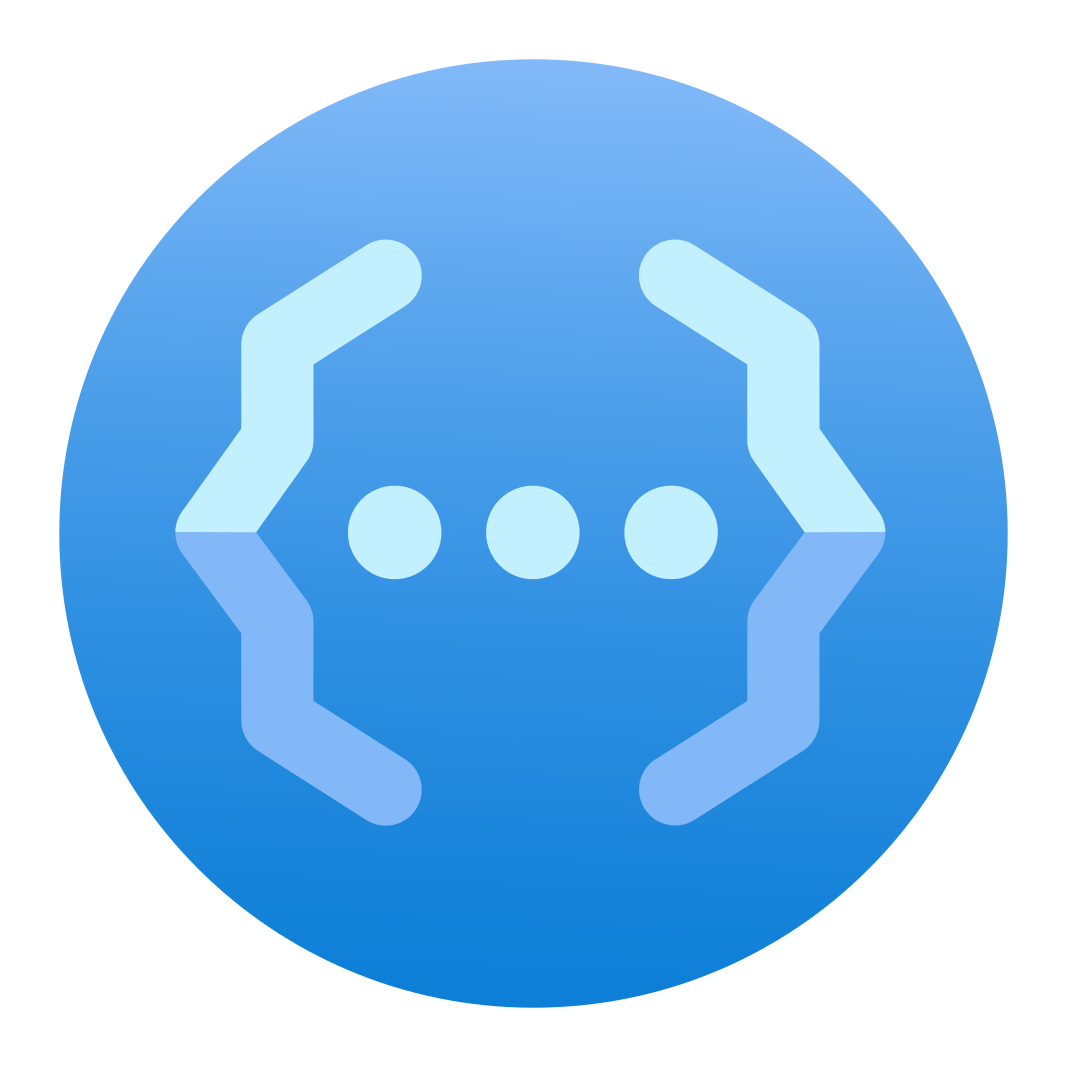

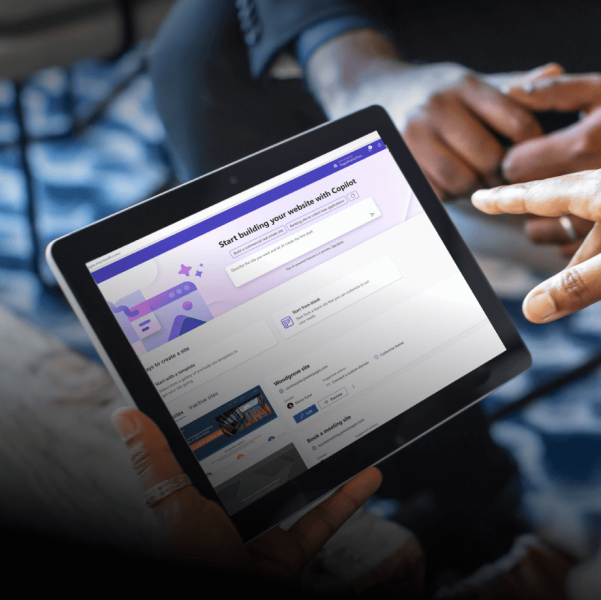

Recent Comments